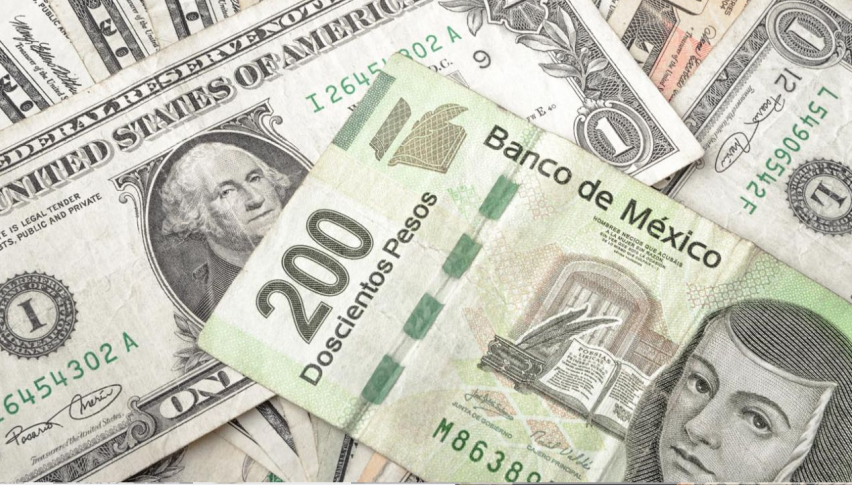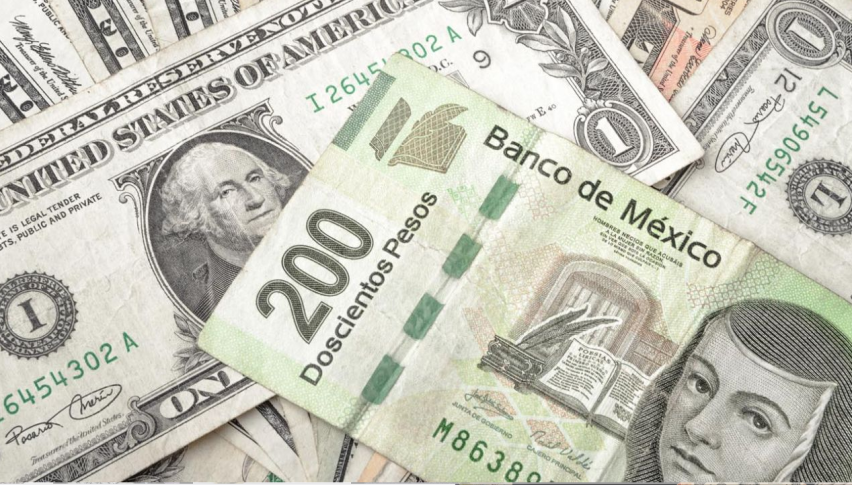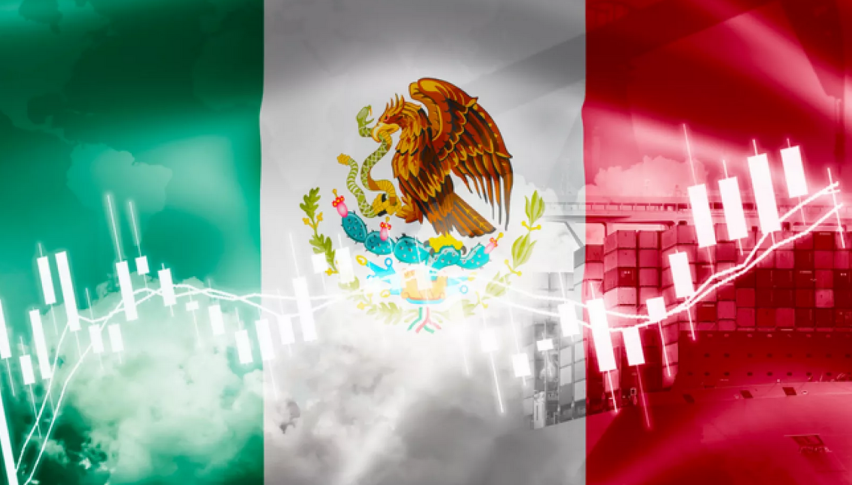Chile: The dollar rises by $10 and surpasses the $980 mark
The Chilean peso was the second worst-performing currency of the day and the second worst globally over the past five sessions.
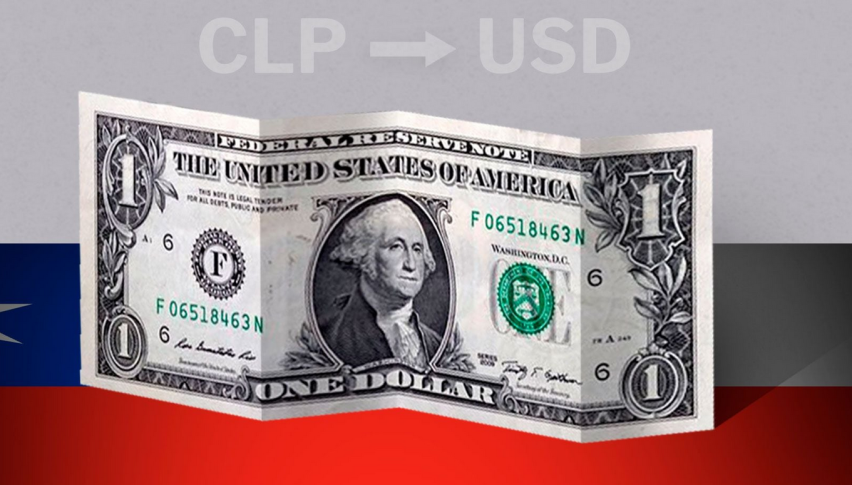
It heads for a sixth consecutive increase and an advance of around $40 in the net balance for the week.
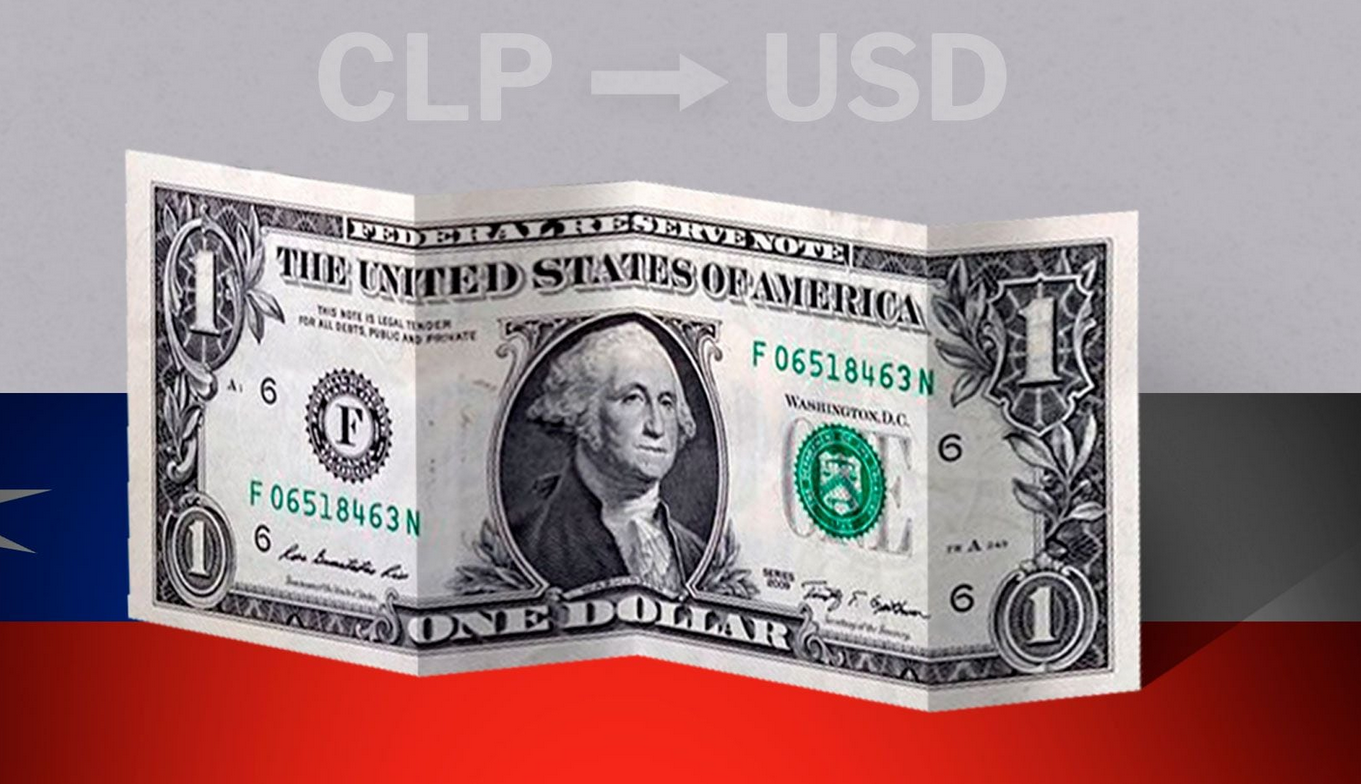
The exchange rate between the CLP and the USD continued to rise this Friday after five consecutive sessions with the same trend, in line with the increasing international demand for dollars as market participants evaluate the economic strength of the United States, in light of the latest signals from the Federal Reserve and other central banks around the world.
The local parity rose by $10.23 to $983.18, according to quotes, shortly after hitting a peak of $985. The dollar index climbed 0.37% to 104.4 points – its highest level since February 14 – and Comex copper fell 1.17% to US$4.01 per pound in international markets.
Thus, the Chilean peso was the second worst-performing emerging market currency of the day and the second worst globally over the past five sessions, as it accumulated a weekly gain of around $40 and is heading for a sixth consecutive increase.
The rise in the exchange rate is due to the fact that while the Fed may lower its benchmark rate, other central banks of developed countries would do so first, according to the latest signals. Furthermore, in relative terms, the economic strength of the US remains superior.
The Chilean peso has been depreciated by signals from the speech of the Central Bank president, Rosanna Costa, where the market once again opened to the possibility of 100 basis point rate cuts. This is how swap rates have accumulated a weekly decline of up to 15 basis points (bps) in the shortest terms, as prospects for future cuts to the Monetary Policy Rate are accentuated.
The rebound in the global dollar seems to have outpaced that of market rates, probably the dovish surprises from the central banks of Switzerland and the United Kingdom have contributed to the strong momentum.” Today, borrowing costs eased both in the US and in the British Isles and the European continent.
- Check out our free forex signals
- Follow the top economic events on FX Leaders economic calendar
- Trade better, discover more Forex Trading Strategies
- Open a FREE Trading Account
